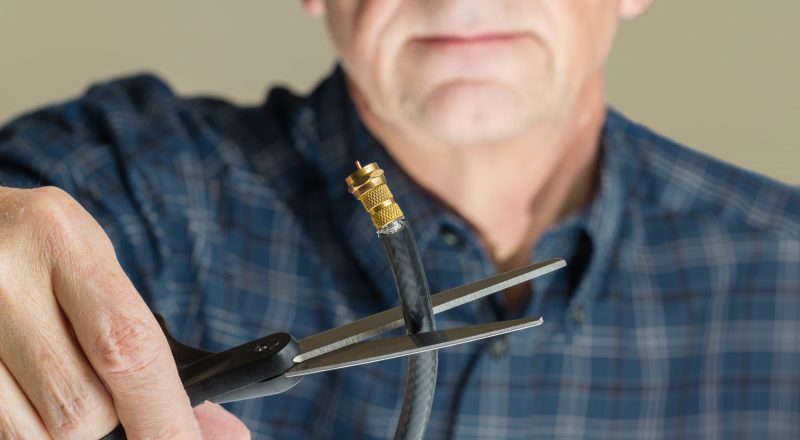 I often get asked how cord cutting got started. People want to know when it really began and what changed to make it happen.
I often get asked how cord cutting got started. People want to know when it really began and what changed to make it happen.
So here is a short history of how cord cutting began.
First I need to define cord cutting. There have always been people who didn’t pay for TV through a traditional pay-TV company such as cable. So what is cord cutting if it is not about paying for TV? For this post we will define cord cutting as the act of picking streaming video over paying for traditional cable TV.
So with that in mind I put the start of cord cutting at somewhere between late 2007 and early 2008. That is the point it moved from a fringe activity to an easy, more mainstream movement.
So what made cord cutting start in 2007/2008?
Here is the hardware that helped kick-start cord cutting.
Two big things happened during 2007/2008 that made streaming content easier. The two big changes that made streaming content to your TV easy were the release of the first Roku player and Apple TV. This took streaming video from something you do on a computer to something you can easily do on your TV.
2008 is also about the time that streaming services such as Netflix, Hulu, and Amazon started to release apps for devices such as the Roku and Fire TV, putting a ton of great content at your fingertips.
 So that is the hardware that made cord cutting possible, but why did people do it?
So that is the hardware that made cord cutting possible, but why did people do it?
We know when cord cutting began and the hardware that helped start it, but why did people want to do it? This has a two-part answer.
First in 2008 TV hit the point music hit in the late 1990s as how people wanted to access their TV changed. The desire to watch what you want when you want it was a big part of that.
Second, and likely the reason cord cutting really got going in 2008, was the recession. At about this time the U.S. economy crashed and many people found themselves forced into finding ways to save money.
Cord cutting would have happened eventually, but the 2008 recession moved it up a few years. The technology was already there but it was far from the polished system it is today. However, the desire for many to save money pushed them into cord cutting even though it may have not been 100% ready for prime time yet.
So what kept people from going back to cable TV?
Platforms such as the Roku and Apple TV made it easy for people to cancel cable. Like I said, the 2008 recession pushed a large number of people to ditch cable to save money. But why didn’t people go back to cable after the economy improved?
It really comes down to control and content. Once you ditch cable TV and learn how cord cutting works you quickly discover how amazing it is to watch what you want when you want. The sacrifices cord cutters had to accept back in 2008–2010 still paled in comparison to the ability to have more control that cord cutters now have.
And, it took years for cord cutters to have access to content such as ESPN and HBO.
That is why cable TV still misunderstands cord cutters.
For many cord cutters price is the main reason they cut the cord; however, a growing number of cord cutters quickly see that there is so much more to cord cutting than saving money.
As more providers offer live TV to cord cutters it shows how they misunderstand cord cutters. Live TV is great and many cord cutters want it, but there are 20 million cord cutters and it is estimated that there are only 3 million subscribers to Sling TV, PlayStation Vue, and DirecTV Now, making it clear just putting cable TV online is not what most cord cutters want.
Whenever I hear people say cord cutting is about saving money and nothing more all I think of is the music industry. Sure the ability to buy just one song saved money but it was more about the ability to pay for just what you wanted.
That is the truth behind cord cutting that to this day many cable executives miss.
Please follow us on Facebook and Twitter for more news, tips, and reviews.
Need cord cutting tech support? Join our new Cord Cutting Tech Support Facebook Group for help.

